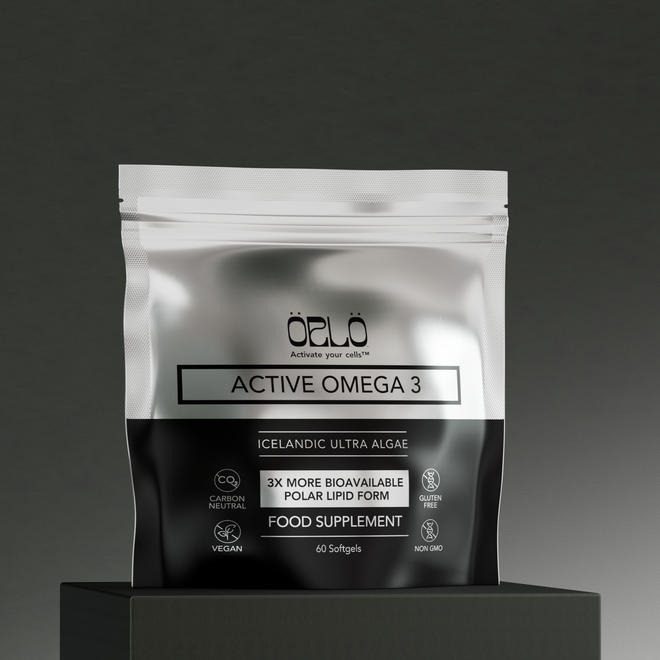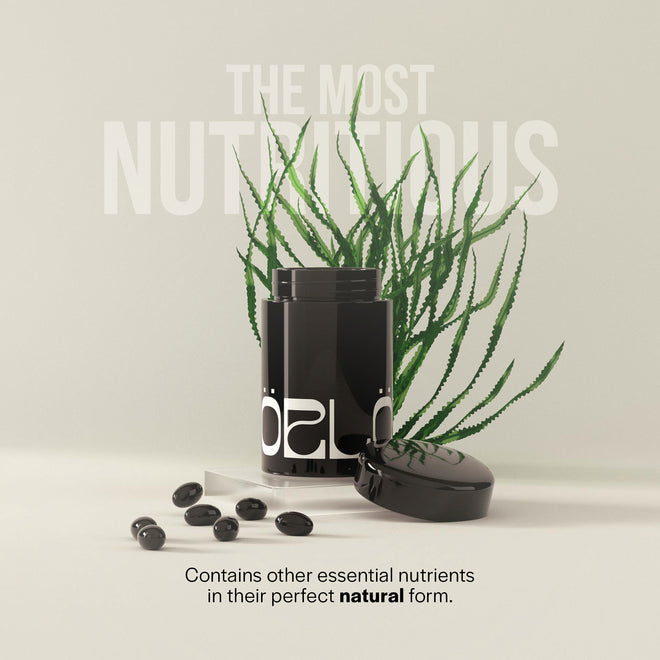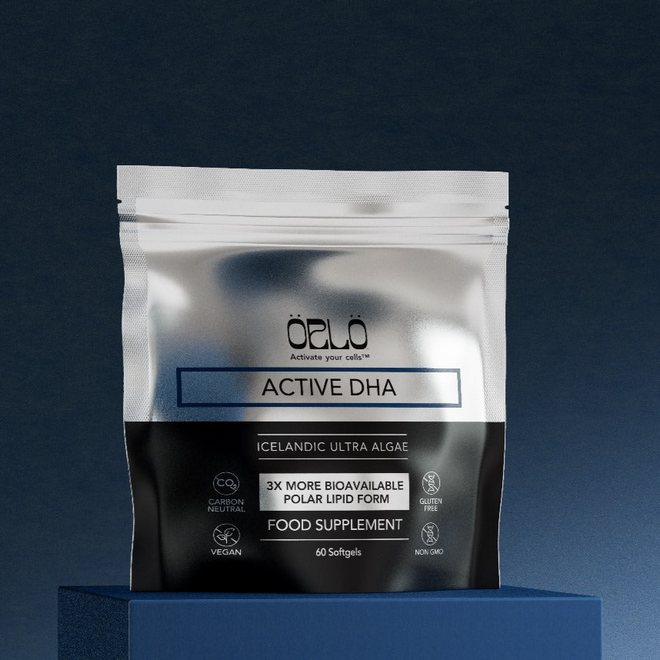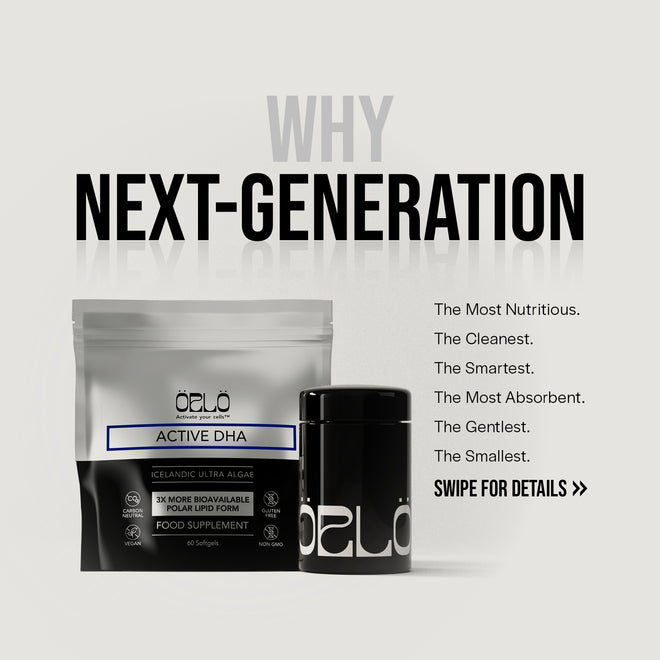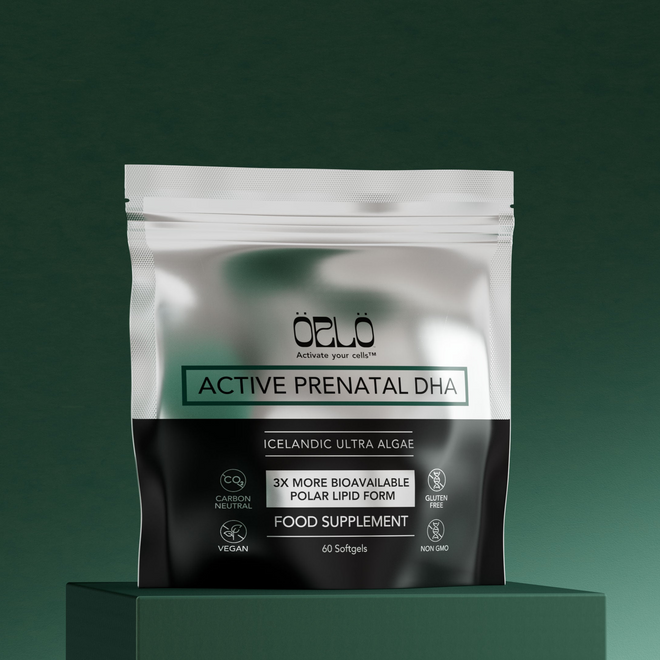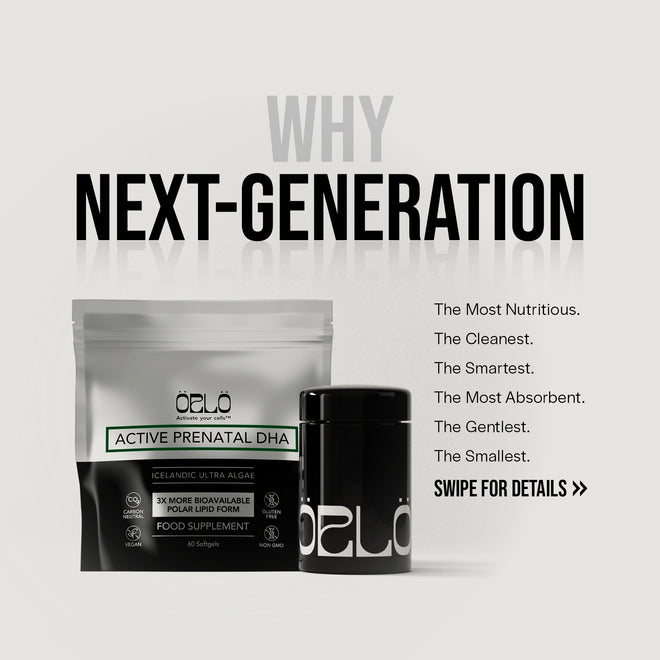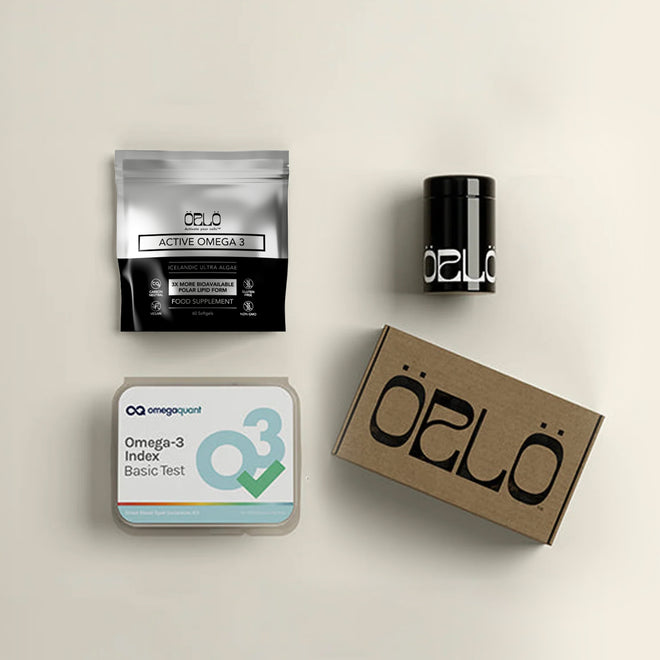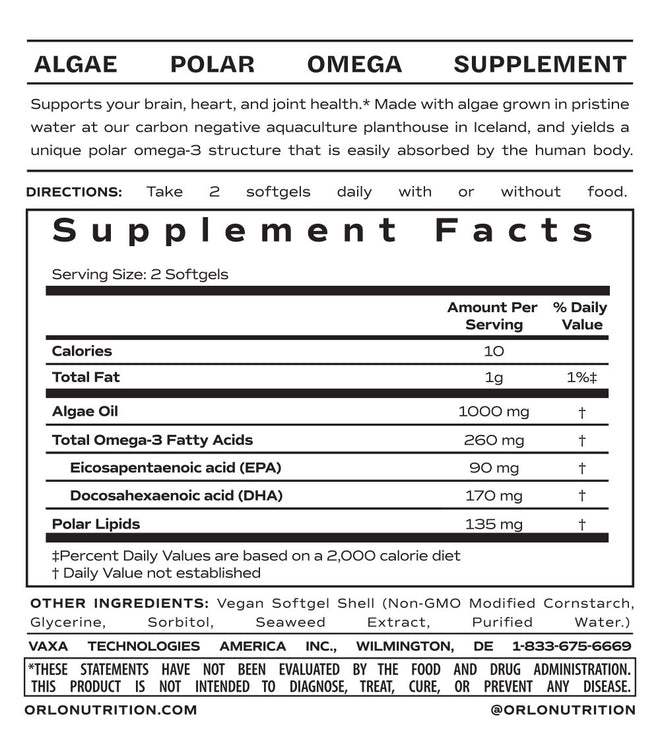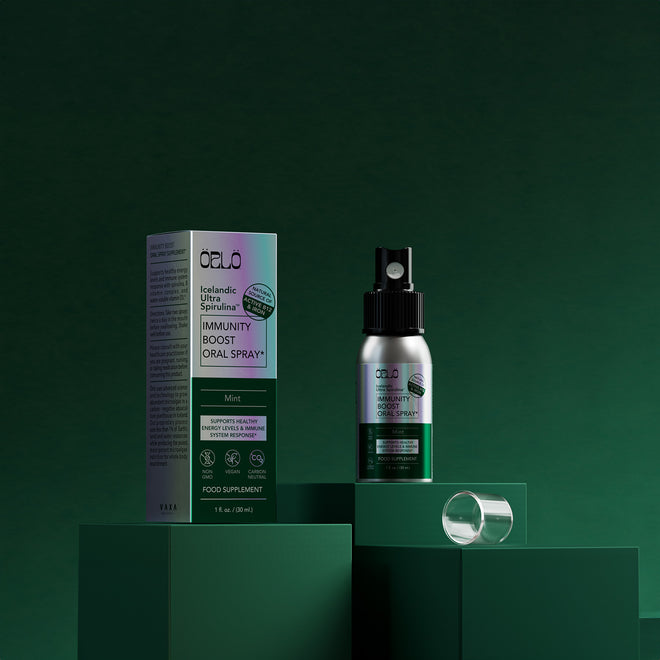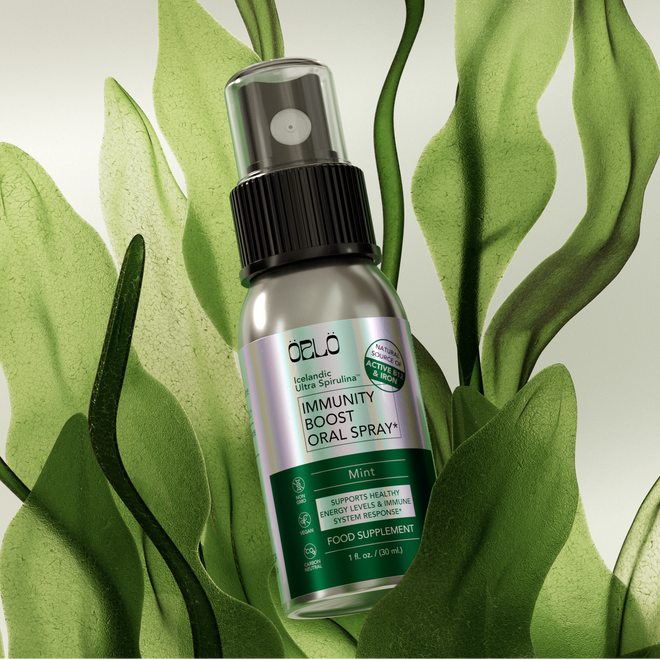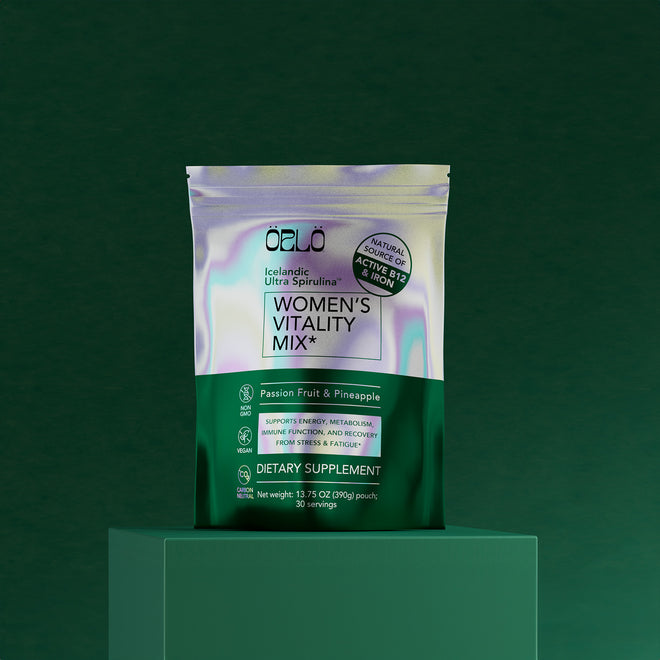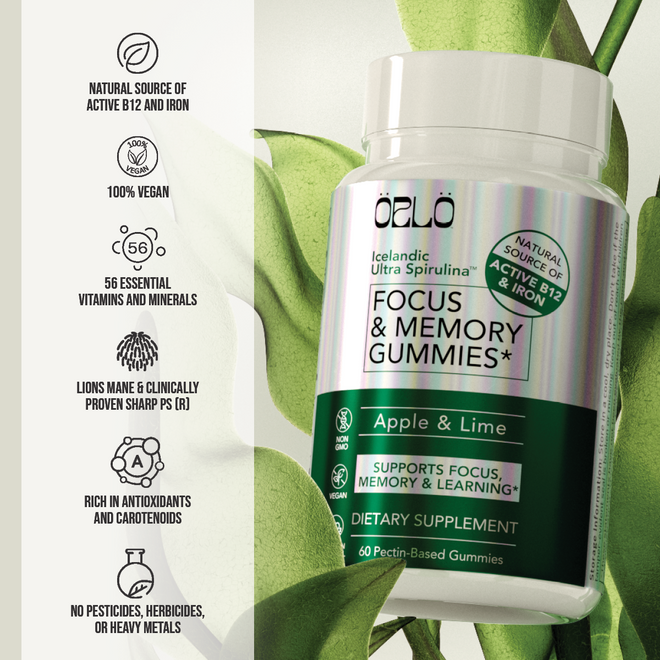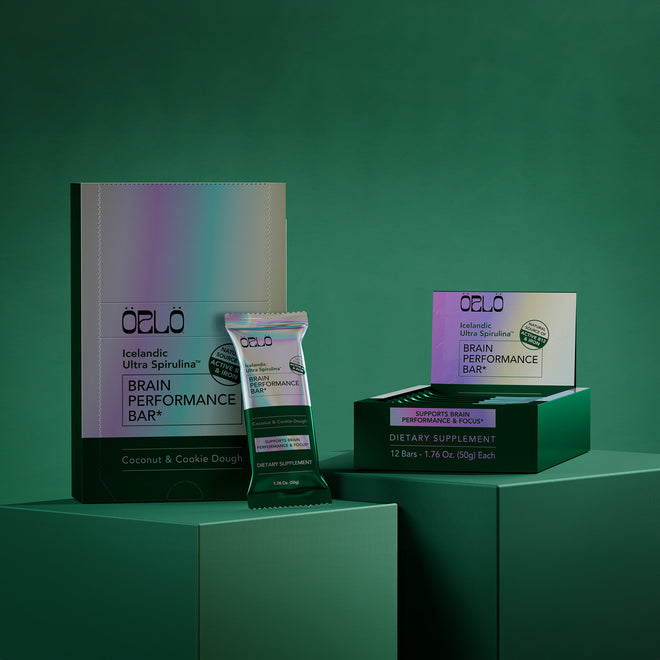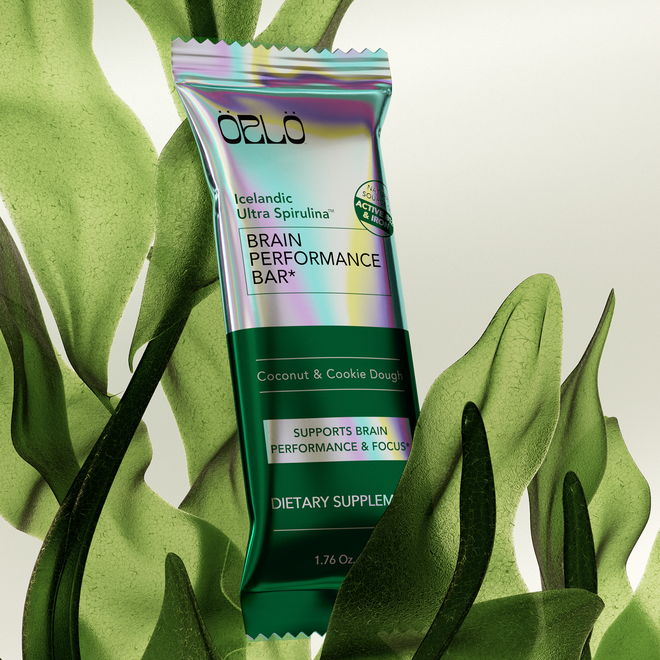Free shipping on purchases over $69
Identifying Omega-3 Deficiency in Kids
Omega-3 fatty acids are essential nutrients that play a significant role in the overall health and development of children. These good fats are crucial for brain development, eye health, and even behavior in youngsters. Since our bodies can't produce Omega-3s naturally, they must be obtained through diet or supplements. Unfortunately, many children's diets fall short of these essential nutrients, leading to Omega-3 deficiencies that can subtly affect their well-being.
Identifying the signs of Omega-3 deficiency is a useful step toward promoting better health habits for kids. Parents often overlook the subtle indicators that a child may not be getting enough Omega-3 in their diet. Being alert to these signs can help make a significant difference in your child's physical and mental growth. Let's explore the common sources of Omega-3 and understand the potential signs of its deficiency in children.
Behavioral and Cognitive Signs
Omega-3 fatty acids are vital for cognitive function, and a deficiency can influence a child's brain health in various ways. Parents might notice changes in behavior or cognitive performance if their child's intake of Omega-3 is inadequate. Common behavioral signs include:
- Increased difficulty maintaining focus or attention.
- More frequent mood swings or irritability.
- Challenges in learning new concepts or skills.
For example, a child who was once attentive and eager to learn might suddenly experience challenges following lessons or completing homework. These shifts shouldn't be immediately chalked up to a bad day or lack of effort. Omega-3s are key players in maintaining normal brain function. Hence, a lack of these nutrients can lead to such behavioral and cognitive changes.
Parents can support their child's cognitive health by ensuring they receive an adequate amount of Omega-3 through diet or proven supplements designed for kids. Keeping an eye on these subtle indicators allows parents to take proactive steps toward enhancing their child's well-being.
Physical Signs
Moving beyond behavior, physical symptoms can also offer clues about Omega-3 deficiency in children. These signs may not always be noticeable at first, but keeping an eye on your child’s physical health can help catch them early. For starters, children who lack enough Omega-3 might experience dry skin and brittle nails. Without the smoothing properties that Omega-3s naturally provide, skin can lose its healthy sheen and moisture.
In addition to skin and nails, growth issues could arise. Omega-3 is important for overall physical development, and its absence might contribute to slow or impaired growth. When these nutrients aren't in balance, the body can struggle to maintain optimal function. While these signs alone don't automatically confirm a deficiency, they could be a red flag to investigate further.
For parents concerned about these physical indicators, seeking nutritional advice from a healthcare professional can be a wise step. This ensures your child gets the nutrients they need for healthy development.
Dietary Assessment
Evaluating a child’s diet is another way to address potential Omega-3 deficiency. Parents can start this assessment by reviewing what their child eats over the course of a week. Common sources of Omega-3 include fatty fish like salmon and mackerel, but these might not fit easily into every child’s diet, especially for families following vegetarian diets.
For those pursuing a vegetarian lifestyle, options like flaxseeds, chia seeds, and walnuts are rich in Omega-3. By understanding which foods are part of your child’s diet, you can spot any gaps and consider supplements or adjustments as needed. Under the keyword "Omega-3 EPA DHA for Vegetarians," research how foods rich in these nutrients align with vegetarian eating habits.
Introducing more Omega-3-rich foods can be as simple as incorporating these items into kid-approved meals. Think about adding a tablespoon of flaxseed to smoothies or opting for fortified foods like soy milk. This way, you build Omega-3 content naturally into everyday eating.
Benefits of Supplementation
When dietary changes alone aren't meeting your child’s Omega-3 needs, supplements might be an excellent alternative. They offer a reliable way to ensure a steady intake of Omega-3 without the need to drastically alter eating habits.
These supplements are designed to be kid-friendly, often available in forms that are easy and pleasant for children to take. They also bring the crucial factor of consistency into play, which is key for maintaining healthy Omega-3 levels. By using certified products, parents can feel confident in the quality and safety of what they’re giving their children.
Families interested in vegan options will find supplements specifically formulated without animal products. These can provide the necessary Omega-3s through plant-based sources like algae, offering both DHA and EPA needed for development.
Nourishing Your Child’s Health
Recognizing and addressing the signs of Omega-3 deficiency is a proactive step in nurturing your child’s growth and health. Keeping an eye out for both behavioral and physical symptoms allows you to act before potential issues persist. Exploring dietary changes and supplements as solutions ensures your child has access to the nutrients vital for their development.
While this guide offers general advice, partnering with healthcare professionals ensures that your approach is tailored specifically to your child’s needs. With a focus on nutritious choices, you support their journey to a healthy future. Remember, balanced dietary choices, including Omega-3, contribute to lifelong well-being for your kids.
Support your child’s health journey with proper nutrition that includes Omega-3. If your family follows a vegetarian diet, exploring plant-based supplements might be the right move. ORLO offers a range of products designed to fit vegetarian lifestyles, making it easier to include important nutrients in your child’s routine. Learn how Omega-3 EPA DHA for Vegetarians can support their development with a clean, sustainable option.
